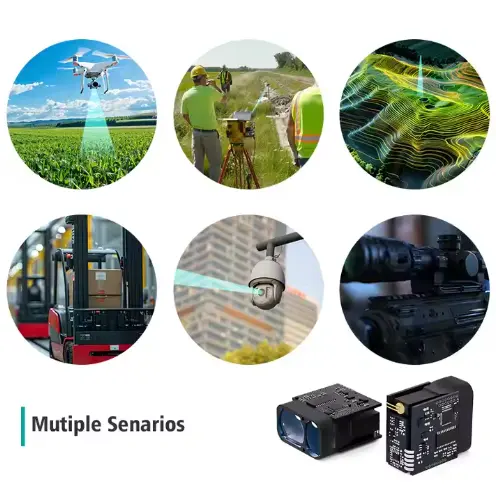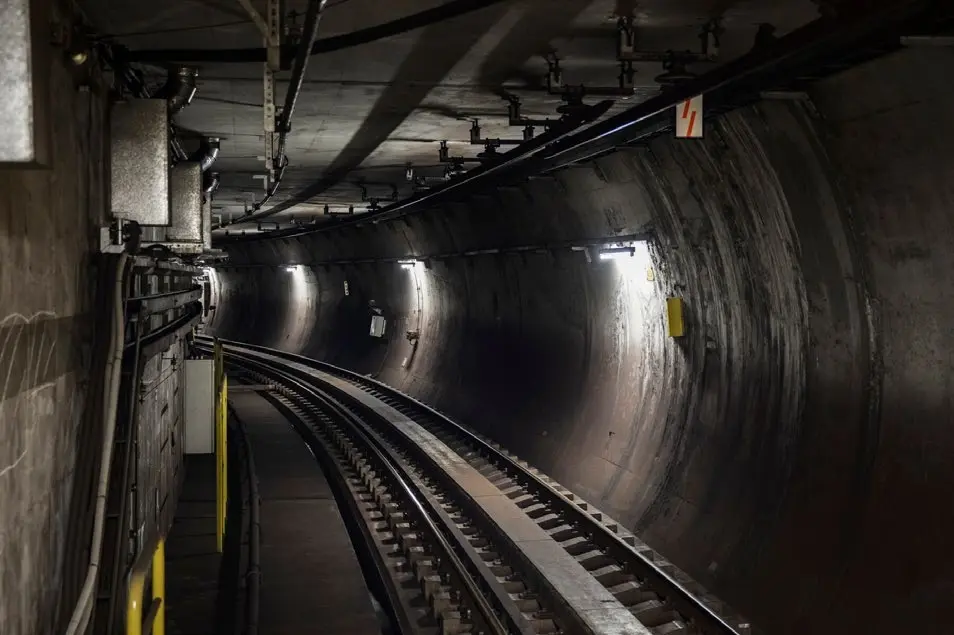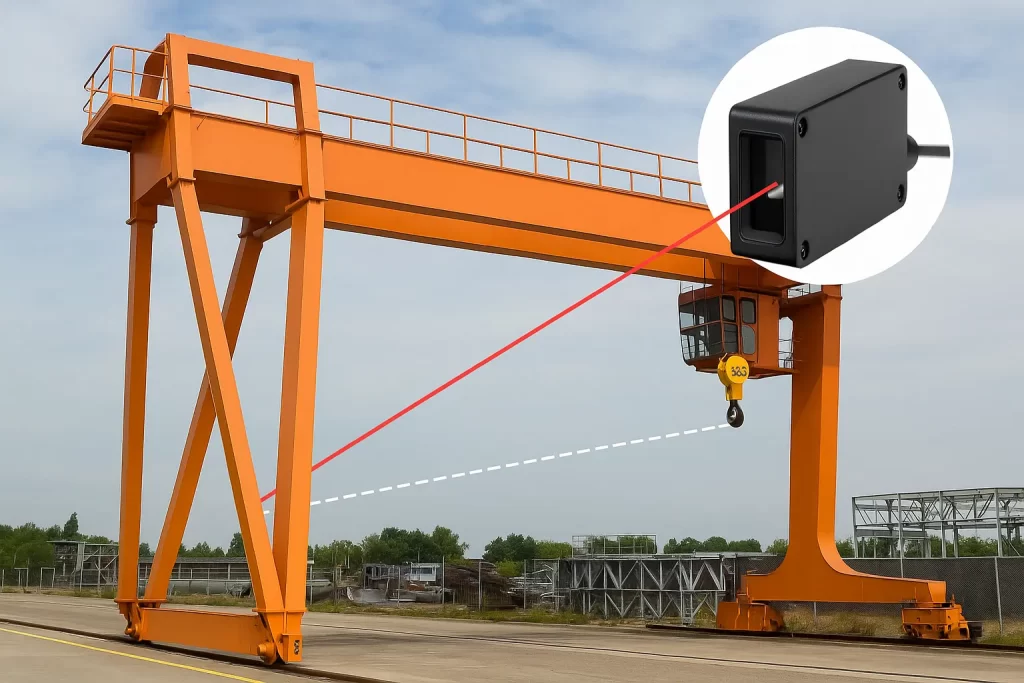In modern industries, accurate and instant distance measurement is no longer optional—it is essential. A Real Time Ranging Sensor provides fast, reliable, and continuous distance data that helps machines, robots, and monitoring systems operate with precision. Whether it’s warehouse automation, IoT level detection, or robotics navigation, real-time distance feedback is the backbone of efficiency and safety.
This article explains what a Real Time Ranging Sensor is, how it works, its industrial applications, and what businesses should consider before purchasing. If your company is looking for OEM or ODM solutions, this guide will help you make the right choice.
What Is a Real Time Ranging Sensor?
A Real Time Ranging Sensor is a laser-based distance measurement device designed to provide instant and continuous readings. Unlike conventional distance sensors that may capture data at slower intervals, real time models deliver measurements within milliseconds.
These sensors often use Time-of-Flight (ToF) technology, which calculates the distance by measuring the time it takes for a laser pulse to reflect from the target object and return to the sensor. Some advanced models may use LiDAR or phase-shift principles for enhanced accuracy.
Key characteristics include:
Fast refresh rate (e.g., 20Hz to 50Hz or higher)
High accuracy (millimeter-level in many cases)
Compact integration with embedded systems
Stable performance across different materials and surfaces
Key Features of Real Time Ranging Sensors
- High-Speed Accuracy
These sensors can provide precise distance data in real time, crucial for dynamic environments.
- Wide Measuring Range
From short-range measurements of a few centimeters to long-range detection of up to 100 meters, a Real Time Ranging Sensor covers diverse needs.
- Versatile Communication Interfaces
Common options include UART, I²C, RS485, and IO-Link, allowing seamless integration into microcontrollers, PLCs, and industrial networks.
- Energy Efficiency
Designed for embedded IoT devices and portable equipment, many models consume very little power.
- Adaptability to Environments
Industrial-grade sensors withstand challenging conditions such as frost, humidity, or high temperature variations.
Industrial Applications of Real Time Ranging Sensors
Real-time measurement capability opens a wide range of possibilities:
- Robotics & AGV Navigation
Mobile robots and Automated Guided Vehicles (AGVs) rely on accurate and real-time distance sensing for safe movement and obstacle avoidance.
- Smart Warehouse & Inventory Monitoring
By installing Real Time Ranging Sensors inside freezers, storage racks, or bins, companies can monitor stock levels automatically and reduce labor costs.
- IoT Level Detection
Tanks, silos, and waste bins benefit from continuous monitoring, where real-time distance measurement helps optimize logistics and reduce downtime.
- Drones & UAV Altitude Measurement
Lightweight sensors integrated into UAVs provide stable altitude readings in real time, enabling precise flight control.
- Security & Smart City Systems
Applications include vehicle detection, traffic monitoring, and perimeter security, where instant distance data improves automation accuracy.






How to Select the Right Real Time Ranging Sensor
Choosing the right sensor depends on your application requirements. Consider these factors:
- Measurement Distance & Frequency
Does your application need a 10m sensor at 20Hz, or a longer-range model with lower frequency?
- Target Surface Reflectivity
White or matte surfaces provide better reflectivity than transparent or glossy ones. This directly affects accuracy.
- Operating Environment
Consider temperature, humidity, and frost. For cold storage or outdoor use, ensure the sensor has proper IP protection.
- Interface Compatibility
If you’re using ESP32, Arduino, or PLC systems, select a Real Time Ranging Sensor that supports UART, I²C, or RS485.
- Customization Options
For businesses planning large-scale integration, OEM and ODM customization—such as firmware tuning, housing design, or PCB modifications—can deliver better long-term performance and cost efficiency.
Buying Guide for Businesses
If your company is evaluating suppliers, here are key reasons to choose an OEM/ODM manufacturer:
- Tailored Measurement Range – From 0.03m to over 100m, depending on your needs.
- Optimized Firmware – Customized refresh rates and data output formats.
- Mechanical Integration – Designed to fit into your existing devices or enclosures.
- Scalability – Capable of handling production from hundreds to hundreds of thousands of units.
- Cost Efficiency – Competitive pricing through direct manufacturing and engineering expertise.
FAQ About Real Time Ranging Sensors
Q1: What is a Real Time Ranging Sensor?
A Real Time Ranging Sensor is a laser-based device that delivers continuous and instant distance measurements with high accuracy, typically within milliseconds.
Q2: What is the difference between a Real Time Ranging Sensor and a normal distance sensor
A standard distance sensor may only provide slow or single-point measurements, while a Real Time Ranging Sensor provides fast, continuous data, ideal for dynamic environments such as robotics or automation.
Q3: What are the main applications of Real Time Ranging Sensors?
They are commonly used in robotics, drones, IoT monitoring, industrial automation, warehouses, and smart city security systems.
Q4: How accurate are Real Time Ranging Sensors?
Depending on the model, accuracy can reach the millimeter level, with refresh rates up to 50Hz or more.
Q5: Can Real Time Ranging Sensors work with microcontrollers like ESP32 or Arduino?
Yes. Most sensors support UART, I²C, or SPI, making them compatible with ESP32, Arduino, Raspberry Pi, and other embedded systems.
Q6: What factors should I consider before buying a Real Time Ranging Sensor?
Check the measurement range, refresh rate, target surface type, environmental conditions, and whether you need OEM/ODM customization.
A Real Time Ranging Sensor is more than just a distance measurement tool—it is the foundation of modern automation, IoT, and robotics systems. Its real-time performance ensures precision, safety, and efficiency in industrial and consumer applications alike.
If your business requires a custom solution, partnering with an OEM/ODM manufacturer ensures that your Real Time Ranging Sensor is tailored to your exact needs, from technical specifications to large-scale deployment.
👉 Contact us today to learn more about OEM/ODM Real Time Ranging Sensor solutions and discover how our expertise can accelerate your innovation.
https://meskernel.net/laser-position-sensor/